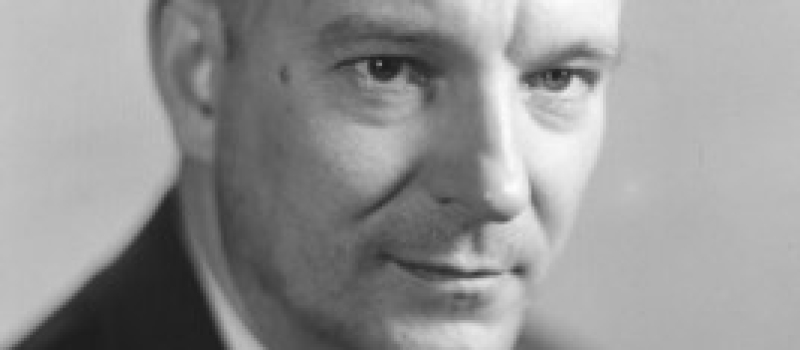William Herbert Heinrich: The Father of Industrial Safety
Wednesday, January 31, 2024 Shana Watson

When it comes to workplace safety, one name stands out prominently – William Herbert Heinrich. Although he may not be one of our current employees, we find it fitting to spotlight him as a figure crucial to the very core of the OSEA mission and the safety industry. Born on October 6, 1886, in Bennington, VT, Heinrich became a trailblazer in industrial safety during the 1930s. His contributions to safety theories, notably the Safety Triangle or Safety Pyramid, have left an enduring impact on occupational health and safety practices.
Heinrich's Background:
William Herbert Heinrich was an American industrial safety pioneer whose work laid the foundation for modern safety protocols. His dedication to enhancing workplace safety was reflected in his numerous publications, including "Industrial Accident Prevention" and more.
The Safety Triangle:
One of Heinrich's notable contributions is the Safety Triangle, also known as the Safety Pyramid, Heinrich Law, or the 300:29:1 theory. This theoretical framework aimed to understand the correlation between unsafe behaviors, minor accidents, and serious accidents in the workplace.
The 300:29:1 Rule:
The 300:29:1 theory, as proposed by Heinrich, posits that for every 300 unsafe behaviors observed, there are 29 minor accidents and 1 serious accident. This ratio, often referred to as a law, provides a conceptual framework for organizations to evaluate and address workplace safety issues. However, it's essential to note that the exact precision of this ratio has been a subject of debate within safety circles.
Heinrich's Legacy:
Heinrich's impact extends beyond theoretical frameworks. His emphasis on accident prevention and the identification of unsafe behaviors laid the groundwork for contemporary safety management systems. Organizations worldwide have drawn inspiration from his work to create safer and healthier work environments.
William Herbert Heinrich, the father of safety, made lasting contributions to the field of industrial safety. His Safety Triangle and the 300:29:1 theory remain relevant tools in understanding and addressing workplace safety concerns. The relationship of those numbers, as refined by H. Bird in 1966, continues to be a predictive tool today. As we continue to prioritize safety in the workplace, Heinrich's legacy endures, reminding us of the importance of proactive measures to prevent accidents and ensure the well-being of workers.




